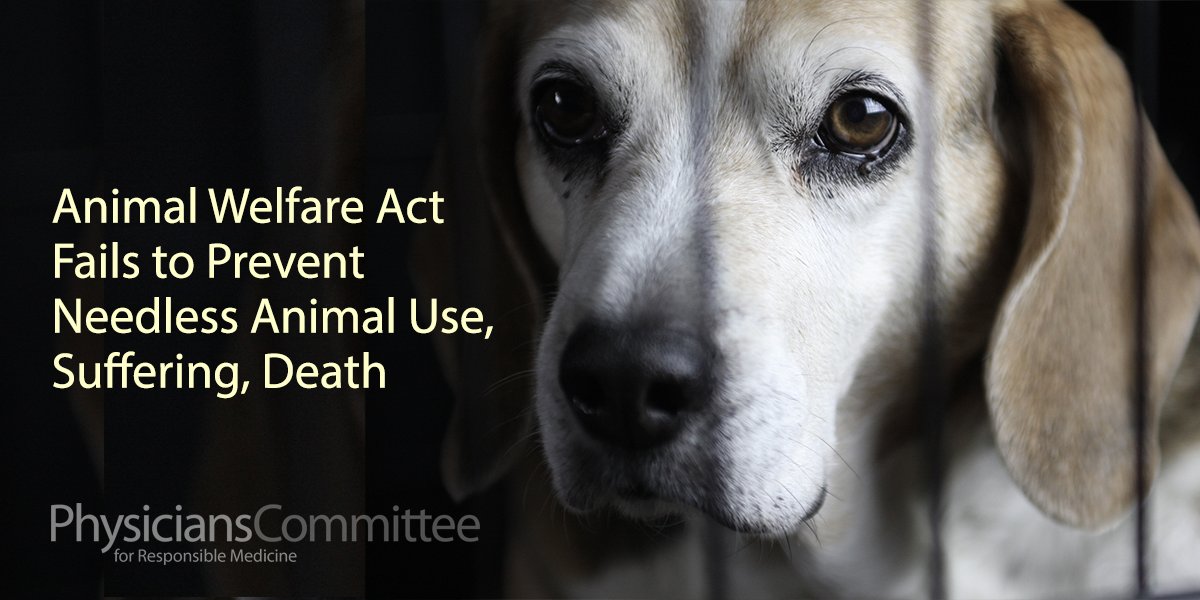The Animal Welfare Act (AWA) has long been a cornerstone of animal protection legislation in the United States. Enacted in 1966, its overarching goal was to ensure humane treatment of animals. However, as societal awareness of animal rights has evolved, a disconcerting question emerges: Is the Animal Welfare Act failing our pets? This inquiry is not merely rhetorical; it compels a close examination of how well the AWA aligns with its original intent in an increasingly complex landscape of animal protection.
To embark on this exploration, it is vital to understand the breadth and limitations of the AWA. Initially, the Act focused primarily on laboratory animals, livestock, and animals used in exhibitions. This narrow scope seemingly neglects a significant portion of the animal kingdom—namely, the beloved pets that share our homes. While the AWA mandates a minimum standard of care for covered species, it conspicuously omits regulations for tens of millions of pets residing in American households.
This situation presents a paradox. On one hand, the Act provides a legal framework that ostensibly safeguards many species from egregious abuse and neglect; yet, on the other hand, it paradoxically leaves pets vulnerable to systemic mistreatment. The absence of explicit provisions governing pet care signifies a deep-seated incongruity at the heart of the AWA. Countless petitioners and animal welfare advocates have raised their voices, articulating a universal concern: Are our pets simply an afterthought?
A significant criticism of the AWA is its lack of regulatory authority in enforcing humane treatment for pets. Unlike livestock or laboratory animals, household pets are not uniformly monitored or protected under stringent guidelines. This regulatory void engenders an environment where neglect and abuse can fester unchecked, leading to distressing outcomes for vulnerable animals. For instance, in situations of domestic strife, pets may often be left to suffer without legal recourse. Therein lies a sobering reality: the very animals considered family members lack equitable protections under this legislation.
Additionally, the AWA has faced challenges in adapting to contemporary issues affecting animal welfare. The burgeoning phenomenon of “puppy mills” brings this concern to the forefront. These breeding facilities prioritize profit at the expense of ethical considerations. In many instances, the conditions under which these animals are bred can be harrowing, with little to no oversight from the AWA. As a consequence, the standards to which these breeding operations are held fall woefully short of what any reasonable person would consider humane. Indeed, the very animals deemed to be “companion” species endure abysmal conditions, raising an alarming question: How can a law aimed at protecting animals simultaneously perpetuate their suffering?
Moreover, the enforcement of the Animal Welfare Act often remains inconsistently applied. Investigations into animal cruelty cases are sporadically carried out, often hinging on community advocacy rather than systematic policy. The lack of cohesive enforcement does not merely affect the perception of the AWA; it results in tangible harm to animals. In states where local authorities lack resources or expertise, animals may languish in neglectful environments. The zealous pursuit of animal welfare appears diluted, resulting in widespread observation of distressing cases that could—and should—be prevented.
Pivotal also is the emotional resonance that pets hold in our lives. They are not merely animals; they are companions that offer emotional support and unyielding loyalty. In a society that increasingly values the human-animal bond, it stands to reason that the legal framework surrounding them should reflect that significance. It is therefore perplexing that legislative safeguards do not correspondingly emphasize the need for enhanced protection for these cherished companions. The disconnect between societal perceptions of companionship and the legislative framework designed to protect these bonds is indeed glaring.
Furthermore, the advent of technology and social media has transformed the landscape of animal advocacy. More individuals are sharing experiences of pet ownership, often highlighting issues related to abandonment, mistreatment, and neglect. Such narratives underscore the necessity for a robust regulatory framework complementing the existing AWA. However, social media activism alone cannot replace the legislative oversight and comprehensive protections that structured law can provide. It accentuates a critical need—one that must be addressed through advocacy for reform to existing animal welfare laws.
Proposals for improving the AWA often suggest expanding its coverage to include comprehensive protections for pets. Enhanced regulations could entail stringent requirements for pet breeders, mandatory reporting of abuse, and better resources for law enforcement. These modifications could provide a semblance of the protection that family pets deserve, giving credence to the notion that they are as deserving of welfare considerations as any other animal. Furthermore, a reassertion of the objectives and intent of the AWA could rejuvenate its premise, reinforcing a commitment to compassionate stewardship.
In evaluating the overarching effectiveness of the AWA, it is abundantly clear that while the act was groundbreaking in its inception, it requires revitalization in its approach to modern realities. The shortcomings concerning the welfare of household pets render its current state increasingly untenable. Addressing these inadequacies necessitates a multifaceted strategy involving legislative reform, community engagement, and heightened awareness around the issues at hand. Only through a rigorous reexamination of the Animal Welfare Act can we pave the way for a future where all animals, particularly the pets we adore, are accorded the respect, dignity, and protection they unequivocally deserve.






